The Eleven Generations Behind Ketel One
The Nolet family has crafted spirits in The Netherlands for centuries, but a trip to SF inspired a special vodka

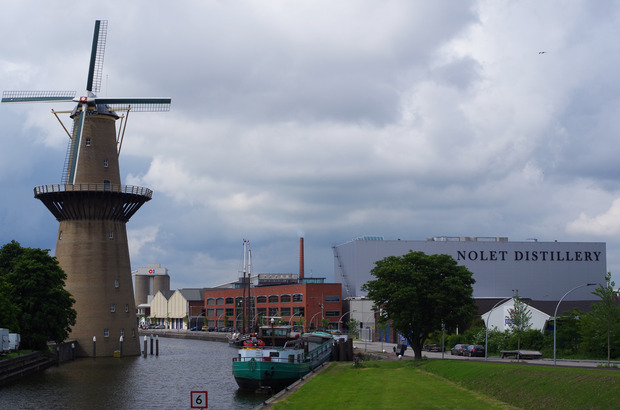
An hour outside of Amsterdam, the Nolet Distillery lies at the outskirts of Schiedam, the Netherlands—a small municipality in South Holland that was once one of the largest spirit producers in the world. A series of interconnected buildings and a large windmill form the operational landscape and, while the windmill is a recent addition (completed in 2005), it powers almost 20% of the Nolet Distillery’s electricity. In a safe inside the museum housed there, hundreds of years worth of recipes are locked up—right across from the desk on which many were penned.
Evidence of the deeply historic distillery’s past grace every corner and—across the canal, connected by an underground tunnel—a high-tech warehouse is responsible for packaging, storing and initiating distribution for all their brands. This amalgamation of past and present defines not only their internationally known and respected Ketel One vodka, but their entire range of spirits from the Ketel1 Jenever to Nolet’s Gin.
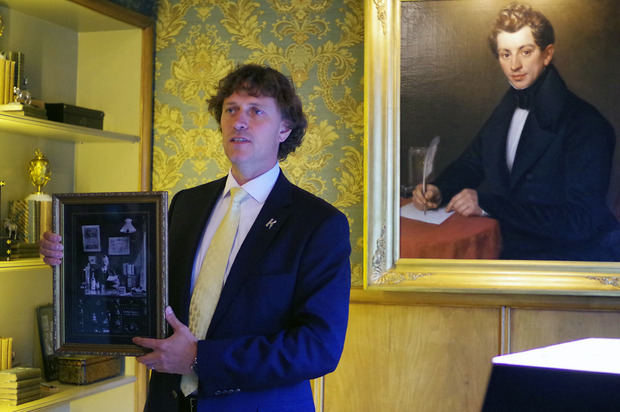
Ketel One’s Master Distiller Bob Nolet is the 11th generation member of his family to hold that title; in 1691 Joannes Nolet opened up a distillery in central Schiedam, close to a major North Sea port with access to grain. In 2008, Ketel One entered into a 50/50 partnership with distributor Diageo, but the Nolets retained their secret recipe, the entirety of production and every step that occurs before the spirit leaves the factory—bottled and ready for consumption. Everything that falls in between those 300 years is a series of family anecdotes, experimentation and the pursuit of perfection.
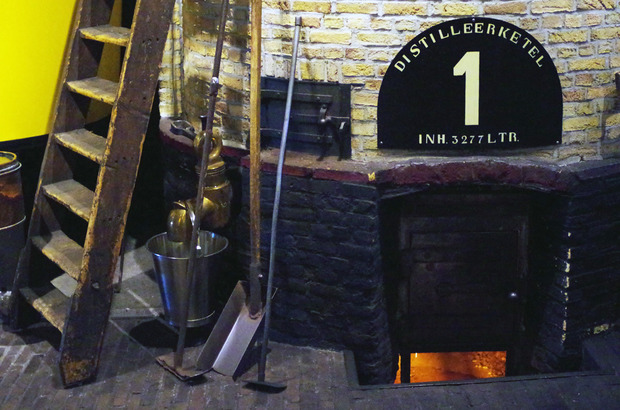
“When my father began to look at products we could distill in Schiedam that would make a difference for our distillery and the world, he asked, ‘Where is our future?'” Bob Nolet shares with CH. “And he went to San Francisco in 1983; it was his first trip to America. He decided not to go to NY or Florida or that part of the coastline because all European countries go to that side.” Carl Nolet, Sr. discovered that hotel bars in the Bay Area were serving many cocktails with vodka as the base. “He knew that we used to make vodka. He thought maybe there is a future. He bought all the vodkas available and, in those days, imports were only a handful—maybe four or five.” After testing all his purchases, Nolet, Sr. found that there was a standardized harshness to all of them. It dawned on him that if he could improve the drink, he could improve cocktail-making in general. The idea for Ketel One was born and an existing bank of recipes was the launching point.
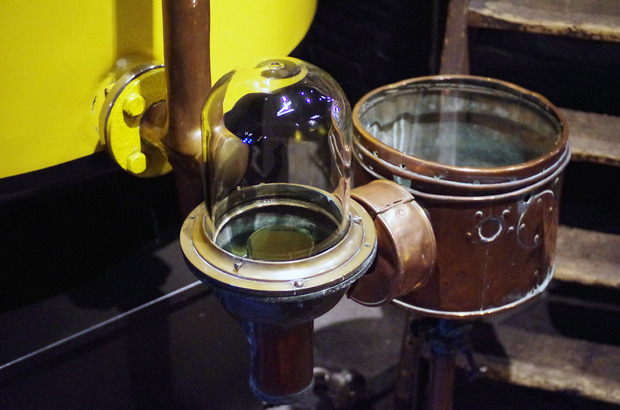
“It’s difficult to change standards, especially if everyone is OK with standards,” Nolet explains. “My father wasn’t OK with it—and that problem took seven years to get solved.” What Carl Nolet did was utilize preexisting pot stills found at the distillery. (The continuous column distillation, the root of all modern vodka, was developed around 1840 to 1850. Before that time, only pot stills were used in spirit distillation.) Carl Nolet, Sr. began with column distillation; altering, experimenting and tweaking the recipes until achieving the crispness he desired. From there, he took the neutral grain spirit and redistilled in pot stills for a specific finish. The unified product now contained the mouthfeel he had been seeking. “The crispness from the column still, the mouth feel from the pot still—that became Ketel One,” Nolet says.
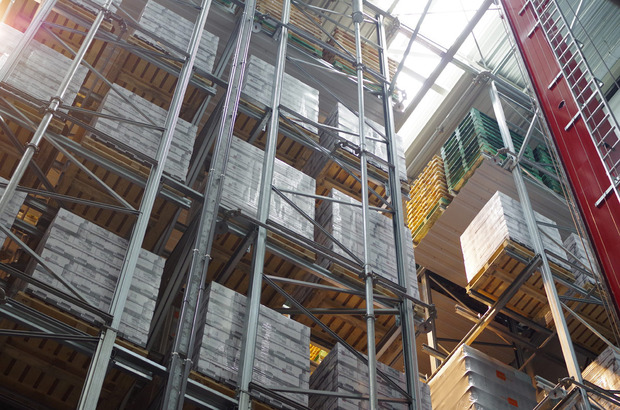
Nolet didn’t intend on following in his father’s footsteps; “At first, of course we worked here during childhood—basically summer jobs,” he says. After school, he found himself in the clothing industry and then relocated to California. There, he worked for a wholesaler for many years before returning to the family business. “When I came back,” he says, “I was basically already in the business so I started here doing the archives, learning from the ground up. Over time, you need to earn respect when you start as the son of the boss. Everyone looks at you because you are the son of the boss not because you can do something, so you must earn your rights to be here—even more than anybody else. And that’s perfect.”
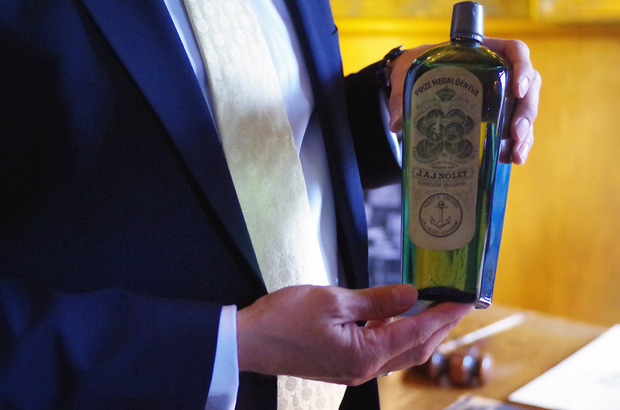
Now dedicated to the business, he is committed to the fact that no batch leaves without someone from the Nolet family tasting it. “My father works here every weekend. It’s his passion in life. My father does the daily tasting and if he’s not around to do it, I do it. My mother takes care of the interior design here.” Over all, family or not, the team is serious about offering a good product that doesn’t just add to the noise, “The future of our distillery depends on the quality of products we deliver. It starts with delivering the best.”
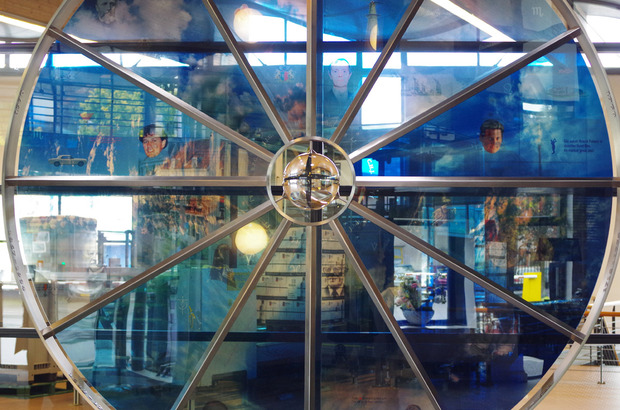
“This is where my father first made the Ketel One; where he discovered the blending of the spirit with the pot still [was] a solution,” Nolet says. Further explaining how important history is to the brand, he motions to a pot still; “We like to keep this one as original as we can because this is how it was done 300 years ago and this is how we would like to see it continue.” The acclaim Ketel One has received lies in these deep roots and tradition, but also the fact that every generation aims to evolve the factory that has now become a home. And since “Ketel One was built on tasting, tasting, tasting,” so long as there’s a Nolet at the helm, it’s surely a go-to vodka.
Photos by David Graver












